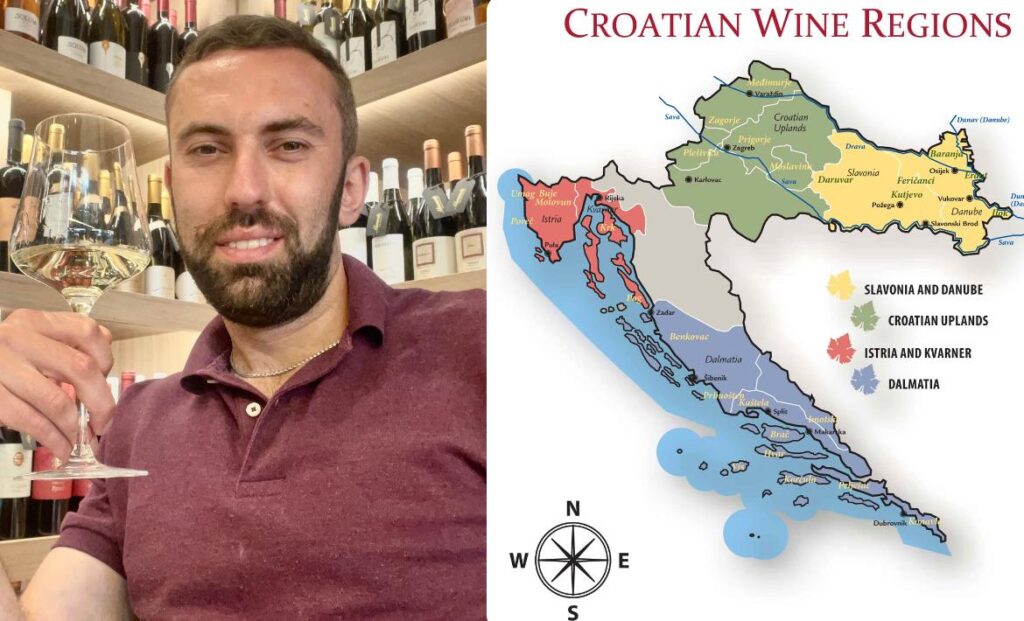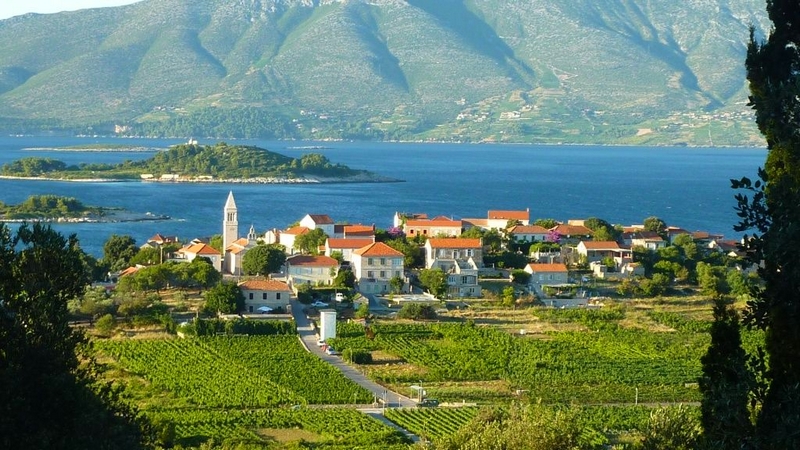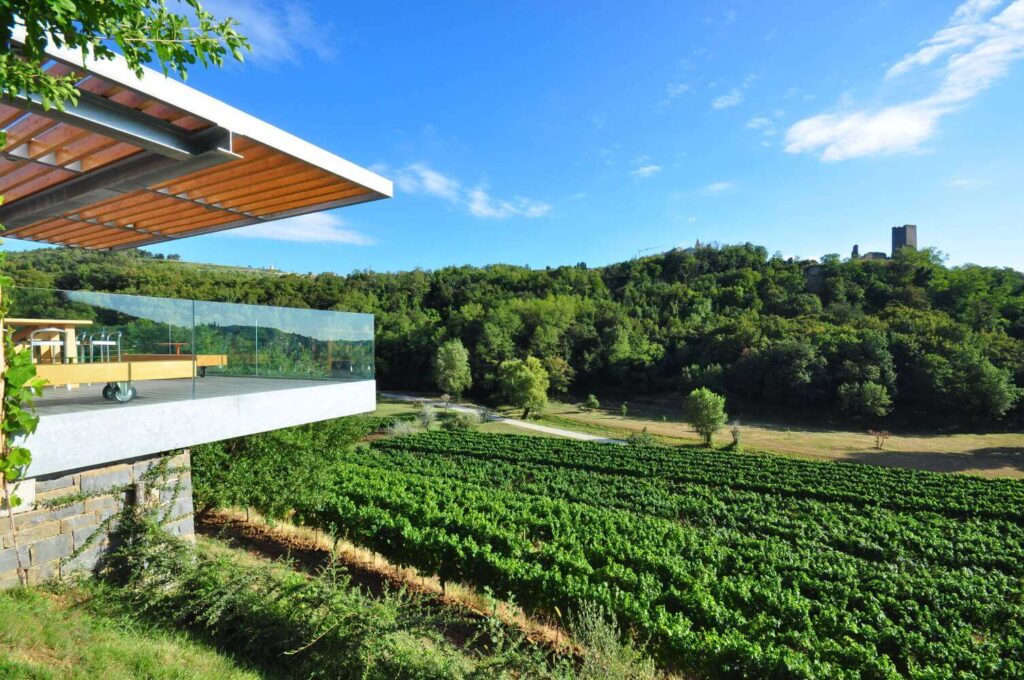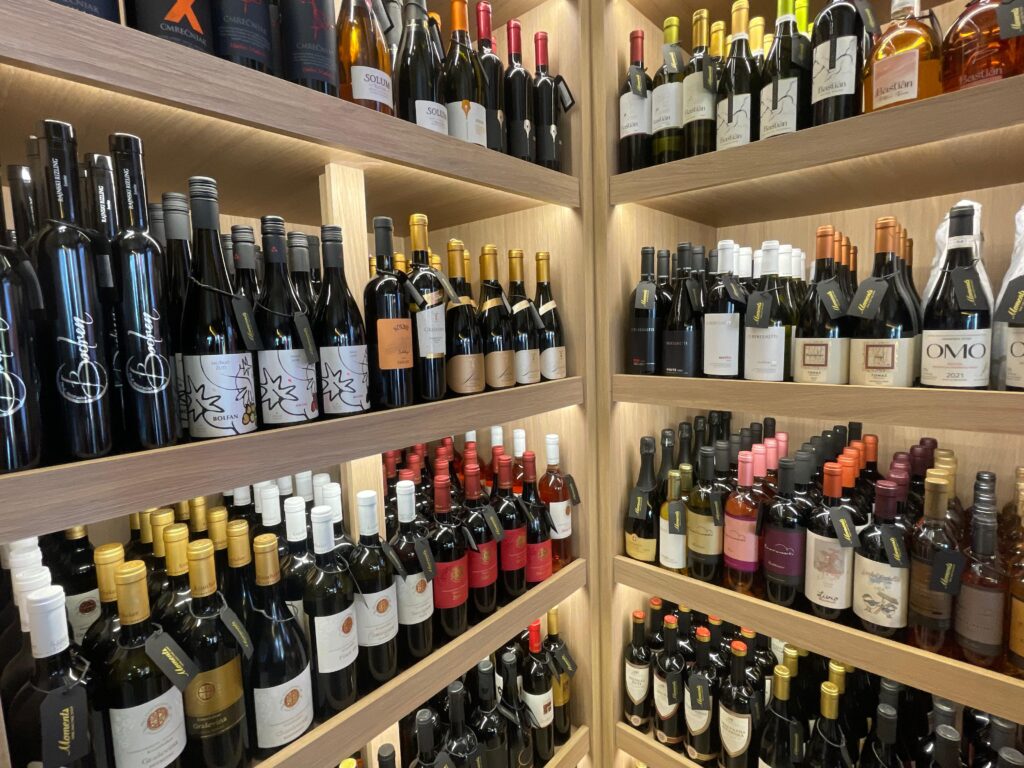Croatia, known for its Adriatic coast and Mediterranean charm, is increasingly gaining attention for something less expected: its wine. With a winemaking history dating back over 2,500 years and a wealth of native grape varieties, the country is carving out a unique place in the global wine scene.

A wine country defined by diversity
What makes Croatia stand out is not just its ancient winemaking tradition, but the remarkable diversity found within its borders. From the sun-drenched islands of Dalmatia to the lush hills of Istria and the cooler inland slopes of Slavonia, the country’s varied climates and soils give rise to a rich spectrum of wine styles.
At the heart of this diversity are Croatia’s indigenous grape varieties—more than 130 of them—many of which are found nowhere else. Malvazija Istarska, known for its crisp, mineral-driven whites, dominates the Istrian Peninsula. Along the Dalmatian coast, Plavac Mali, a bold red grape genetically linked to Zinfandel, produces rich, sun-drenched wines. Pošip, native to the island of Korčula, is increasingly valued for its structure and aromatic lift, while Graševina remains the most widely planted grape in continental Croatia, producing fresh, versatile whites.

Global markets begin to notice
For decades, Croatian wine remained largely a domestic treasure, but this is changing. Global consumers are increasingly drawn to boutique, terroir-driven wines that offer authenticity and a sense of place—qualities Croatian wines have in abundance.
Tourism has played a significant role in this growth. Visitors who discover Croatian wines on vacation often continue to seek them out back home. Markets such as the United States, United Kingdom, Scandinavia, and Japan are showing growing interest.
Challenges
Despite the promising growth, Croatian wineries face several challenges in expanding their presence internationally. Limited production volumes make large-scale export difficult, and many Croatian grape varieties remain unfamiliar to global consumers, creating marketing hurdles. Brand recognition outside of Europe is still low, and logistical constraints can complicate distribution.
Moreover, many producers are small family-run operations that prioritize quality and tradition over mass production, which while an asset in terms of authenticity, limits economies of scale. Overcoming these challenges requires strategic marketing, investment in export infrastructure, and education to introduce and familiarize consumers with Croatia’s unique wine heritage.

Kozlović Winery: modern tradition in Istria
Among the leaders of Croatia’s wine renaissance is Kozlović Winery, nestled in the Momjan Valley in Istria. The Kozlović family has been producing wine since 1904, and today the estate is a model of how tradition can meet innovation. Their gravity-fed winery, surrounded by terraced vineyards, is as modern as it is respectful of local winemaking heritage.
Kozlović is best known for its Malvazija wines, especially the acclaimed Santa Lucia label, which shows the aging potential and complexity of this native variety. The winery also produces refined Teran reds and aromatic Muscat Momjanski. Kozlović’s commitment to sustainable viticulture and wine tourism has helped position it as one of the most recognized Croatian labels in international markets.
Saint Hills Winery: Dalmatian elegance with global vision
In southern Dalmatia, Saint Hills Winery brings together local grapes and global expertise. The winery cultivates vineyards in three distinct locations: Pelješac, Komarna, and Slavonia. Each site offers a different microclimate, allowing Saint Hills to produce a wide range of wines, from powerful Plavac Mali to elegant white blends.
The winery works closely with renowned French oenologists to craft wines that balance regional character with international style. The result is wines like Sv. Roko (Plavac Mali) and Nevina (a white blend), which have won praise both domestically and abroad. Their beautifully restored estate also offers one of the most immersive wine tourism experiences in Croatia.
Fakin Winery: a young star in the heart of Istria
Located in the hills near Motovun, Fakin Winery has quickly earned a reputation for producing some of Croatia’s most awarded wines, thanks to precise winemaking and a strong commitment to showcasing Istria’s terroir.
Fakin’s Malvazija is known for its freshness and aromatic clarity, while its Teran shows depth and finesse, defying the grape’s rustic reputation. Despite being a small operation, Fakin’s wines are already gaining traction in markets like Germany and Austria, with plans to expand further abroad.
Vina Laguna: gateway to Croatian wine
While boutique wineries lead in innovation, Vina Laguna plays a vital role in bringing Croatian wine to the masses. As part of the Agrolaguna group, Vina Laguna operates on a large commercial scale, producing millions of bottles annually from vineyards across Istria.
The winery focuses on quality at accessible prices, offering a wide portfolio from everyday labels like Vina Laguna Select Malvazija to premium offerings under the Festigia line. Their wines are clean, fruit-forward, and widely distributed—ideal for introducing new audiences to Croatia’s native varietals.

A future full of promise
Croatia may not yet be a household name in global wine, but the momentum is undeniable. With a compelling mix of native grapes, diverse terroirs, and winemakers blending tradition with innovation, the country is poised for greater recognition. Producers like Kozlović, Saint Hills, Fakin, and Vina Laguna are leading the charge—each with their own story, style, and vision.
As the global wine market continues to embrace authenticity and origin, Croatian wine stands ready—not just to participate—but to shine. For curious wine lovers and trade professionals alike, now is the time to explore what Croatia has to offer: distinctive, dynamic, and deeply rooted in place.